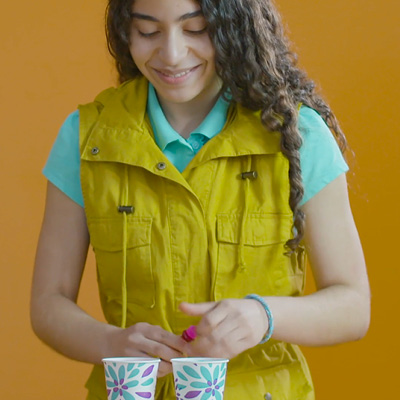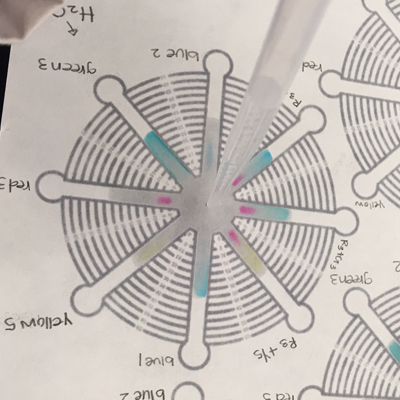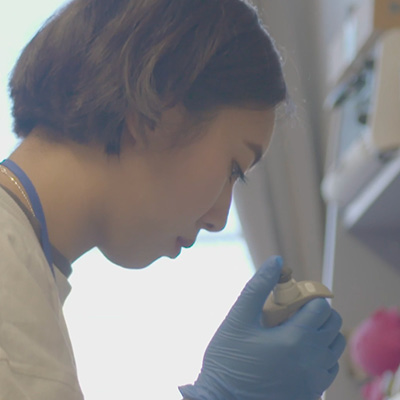Color Control
- Age: 5+
- Time: 30
- (Setup: 5min, Activity: 20 min, Cleanup: 5 min)
- Materials: $8
In this colorful mission, you'll get creative by designing patterns that control the flow of water to mix or separate it. Although it is simple and artistic, scientists use the same process in experiments, too. Give it a try!
Download PDF


